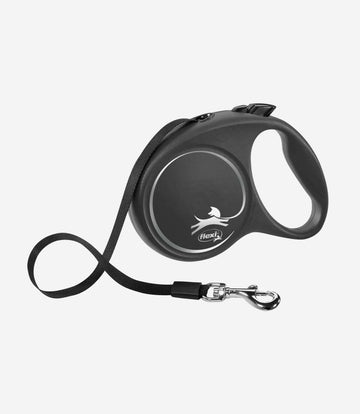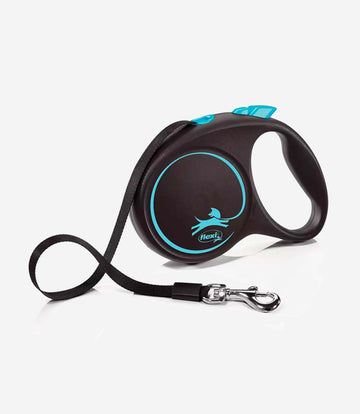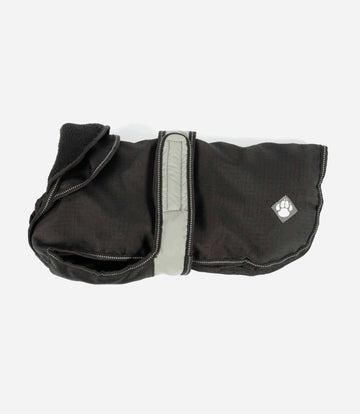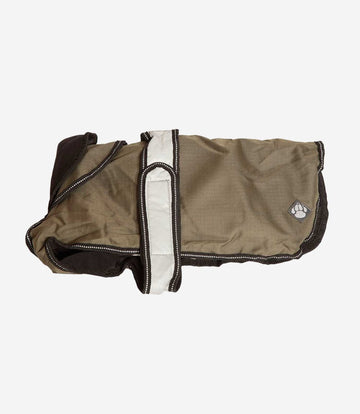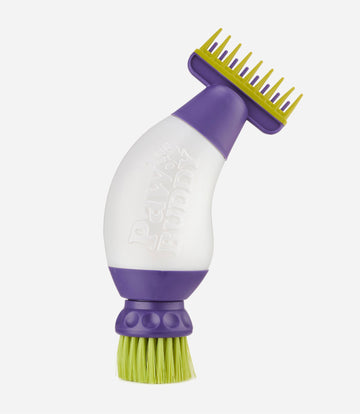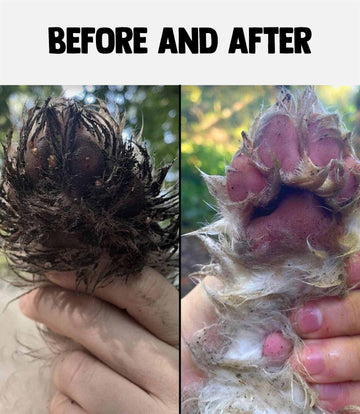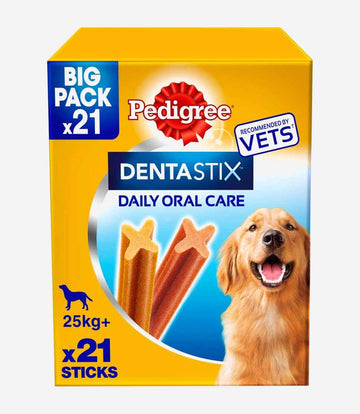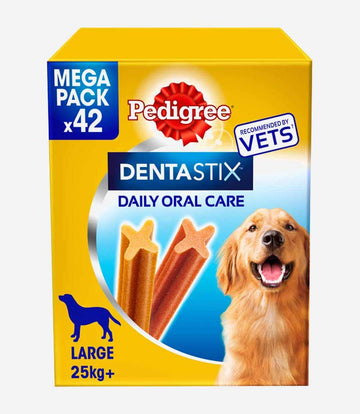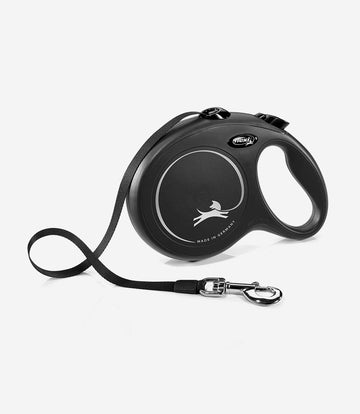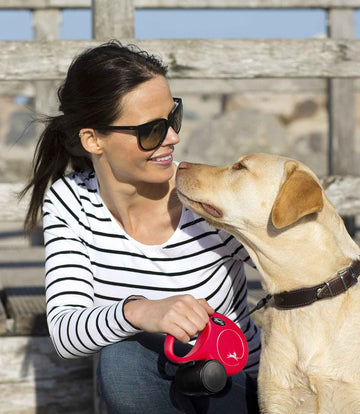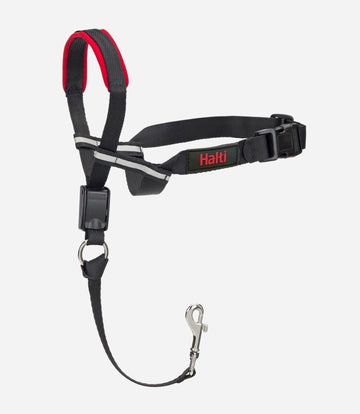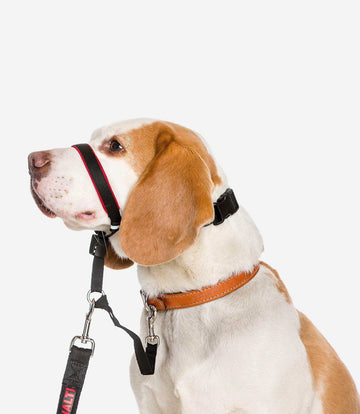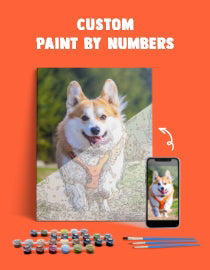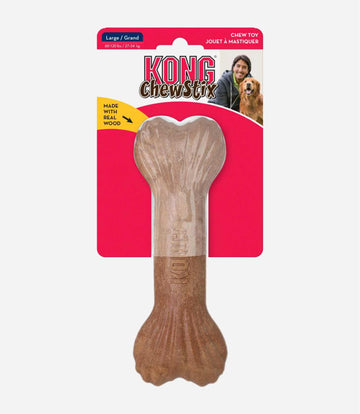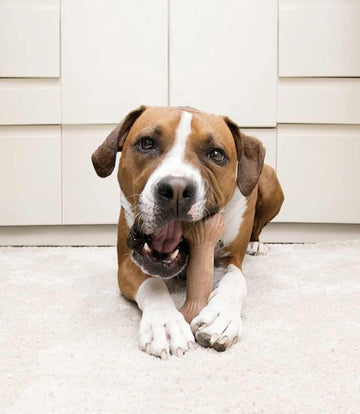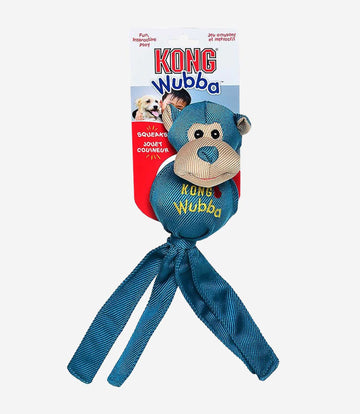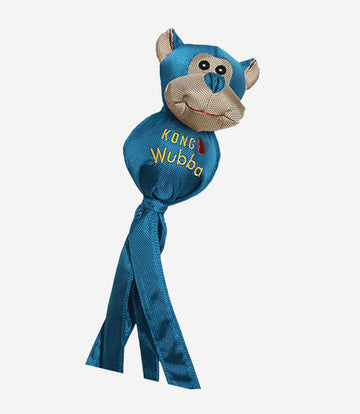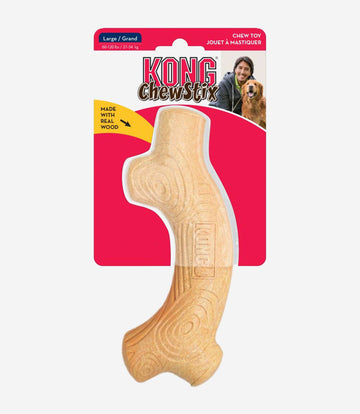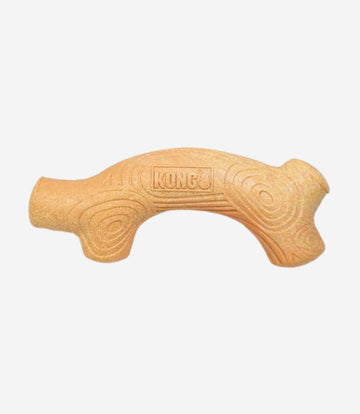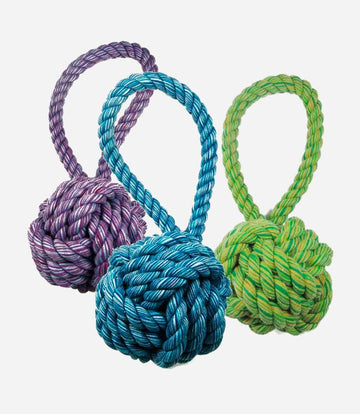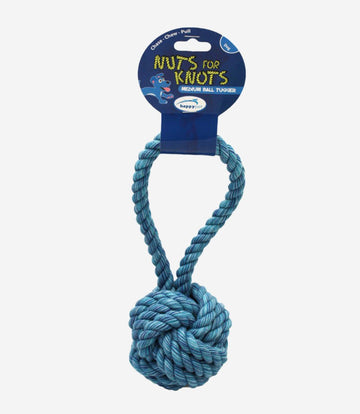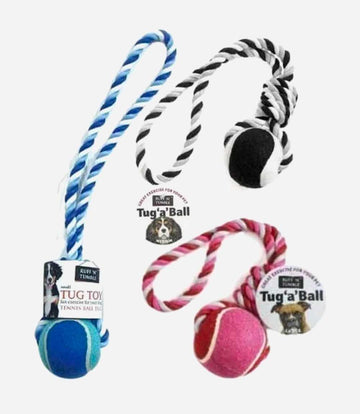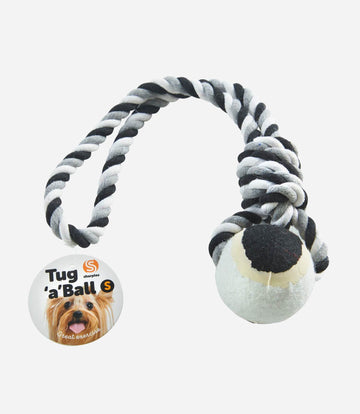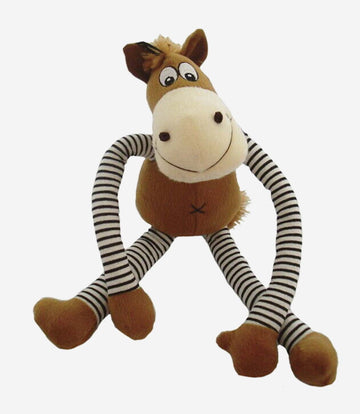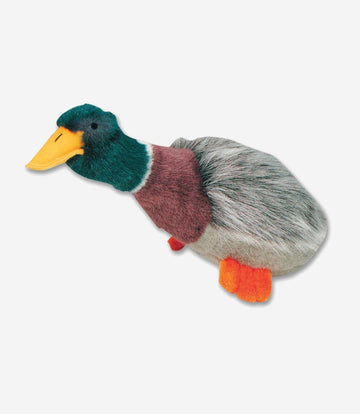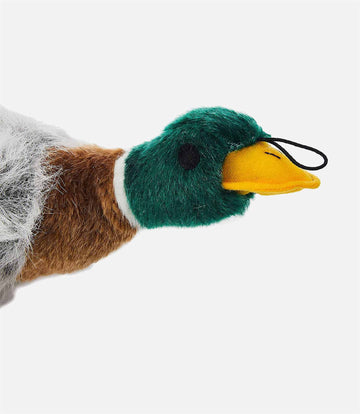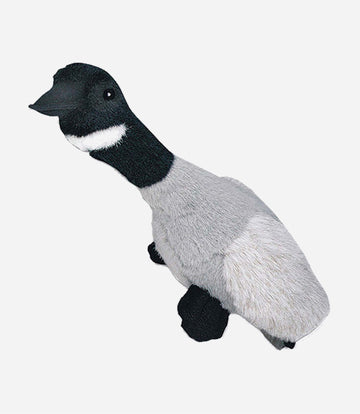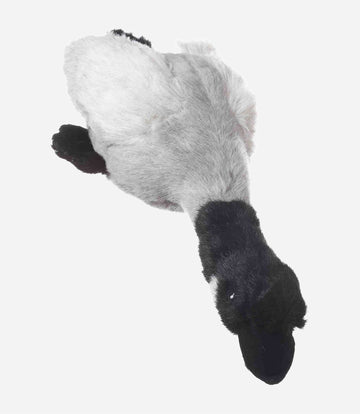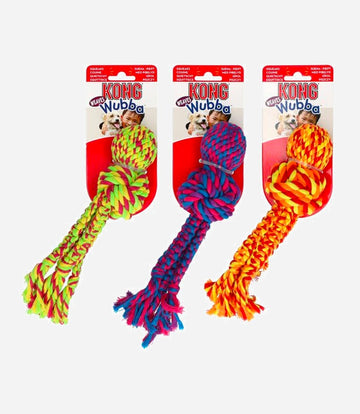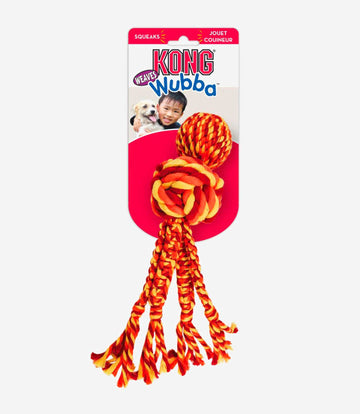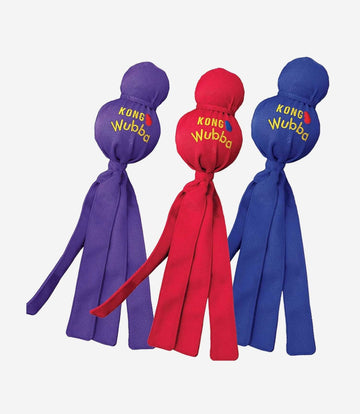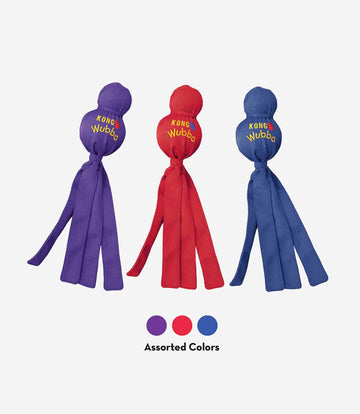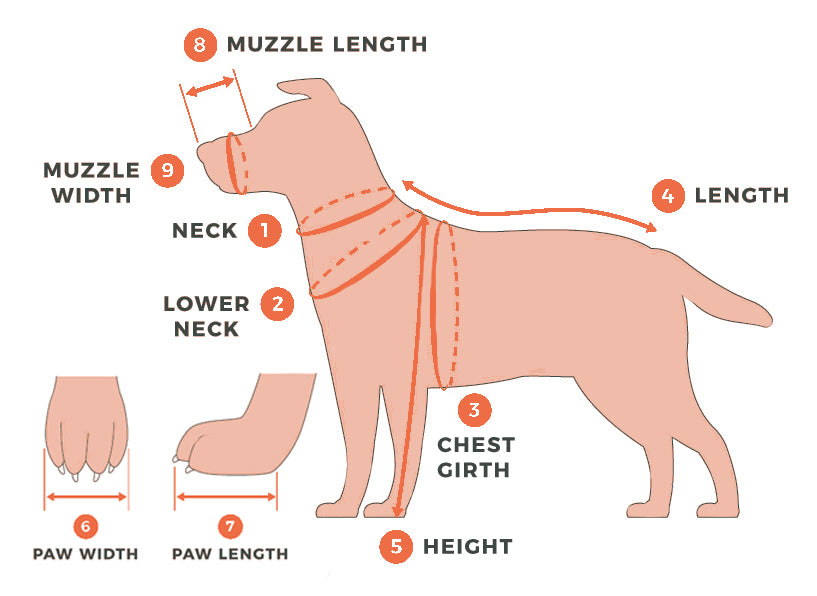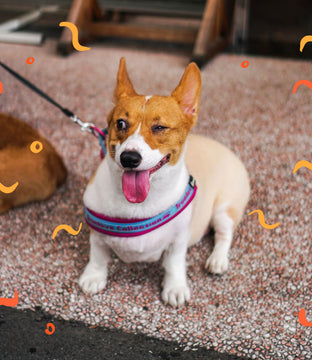How to Help an Underweight Dog - Diet & Nutrition Tips
Many people have to fight with the scales at some point. It's not very common for dogs to be overweight or obese, but what if your dog needs to gain some healthy weight instead?
Dogs can become underweight quickly or slowly for a variety of reasons. Perhaps they were recently rescued, are recovering from medical problems, or want to eat something different for breakfast, lunch, or dinner.
This article talks about why your dog might be underweight, how to tell if your dog is at the right weight, and how to make your dog healthier.
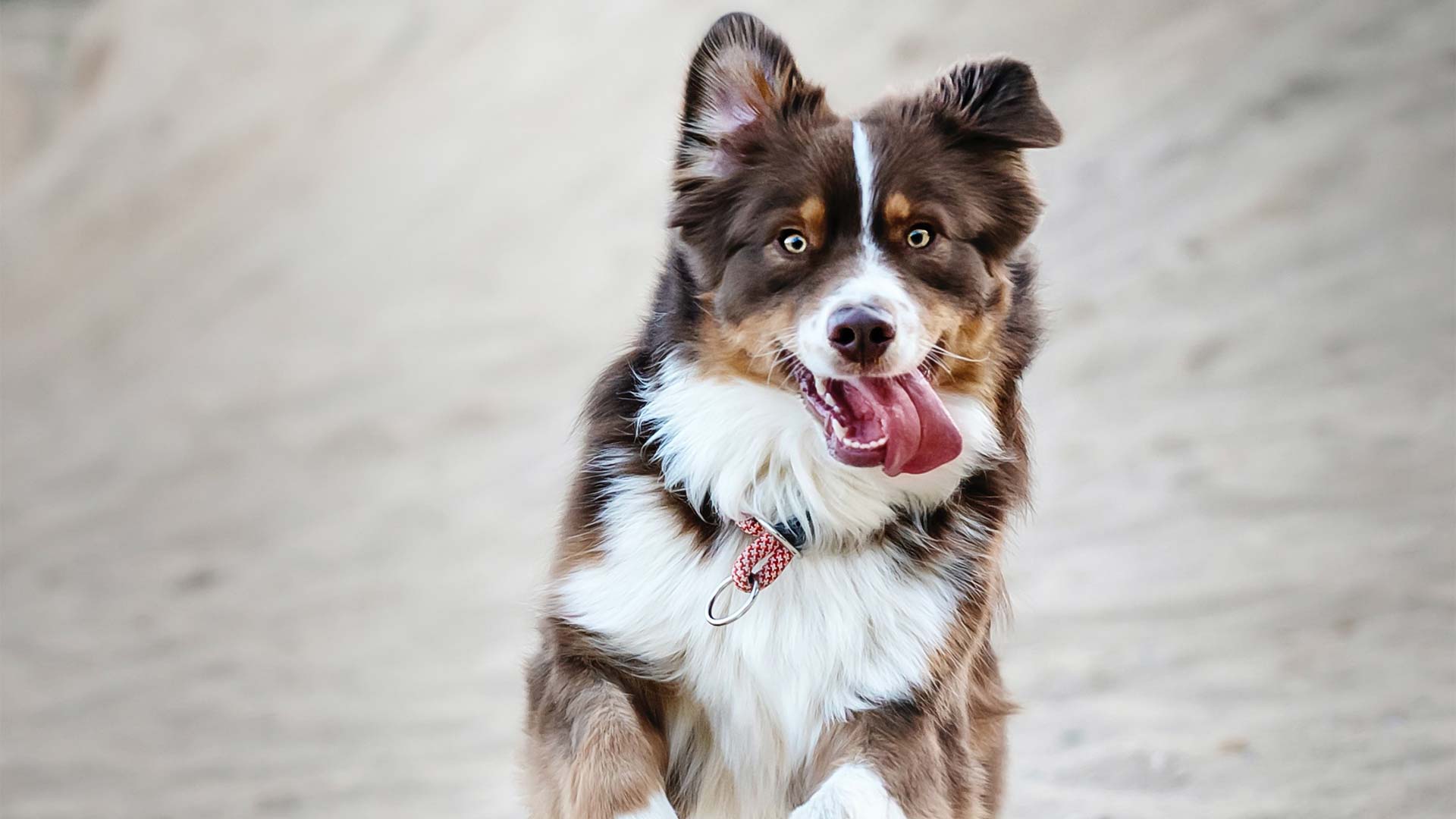
Why is your dog so underweight?
It is essential that you help your dog stay at a healthy weight. It lets your dog live for a longer time and be happier. When a dog is underweight, there are a few things you can look for to see if it is.
- You can see the ribs, hips, shoulders, or tail bones
- Lower energy level
- Depression
- Bad eating habits
- Dull, Dry or shedding coat
It doesn't matter if you've noticed a recent change in your dog's weight or if your dog has always been thin. These signs and symptoms are understandably scary.
Seven healthy ways to help your dog gain weight
It's time to help your dog reach their ideal weight. Keep reading to find out how. Remember that none of these are going to work overnight. Even if your dog is skinny or has been underweight for a long time, you should make changes slowly. We've chosen strategies to help you make your dog's weight gain plan safe and long-term.
It's essential to get the help of a vet
Before you change your dog's weight, talk to your vet. Ask your vet to do a complete physical because many diseases and health problems could make your dog lose weight or not be hungry.
You'll want to make sure these things aren't accurate before gaining weight. As a pet owner, your veterinarian can also give you a goal weight for your dog to reach milestones safely and celebrate every pound that you gain.
Keep a Health Record
One of the best ways to help your dog gain weight is to keep a detailed health journal. Please keep track of what they eat and drink each day, how much they exercise, how much weight they have, and how they are feeling or behaving.
Everything you write down in the journal helps you connect the dots between what you do and what happens. It helps you figure out which strategies are working. Flip through your entries if their weight changes at the next weigh-in, whether they gained or lost. What will happen? Repeat this. Notice a change that isn't good? Please keep a record of it and ask your vet.

Make sure you weigh your dog often
Most weight loss programs for people require weekly weigh-ins, which is valid for your dog. Weekly weigh-ins are a great tool because they help you track how much weight you gain, lose, or keep the same.
It doesn't matter if you weigh every day, Monday, Wednesday, and Friday. It won't help you and will likely make you crazy. To help your dog get bigger, don't look at him through a microscope. It's not good for you or your dog if you weigh yourself too often. You'll start paying attention to every calorie or playtime, and that's not good for either of us! Every week, you can do a weight check.
Choose a High-Quality Food for your dog
When you want to help your dog gain weight, build an eating plan that focuses on increasing your dog's nutritional intake rather than just adding calories and fat to his food. Adding too many calories or fat too quickly could cause digestive problems like vomiting, diarrhea, or inflammation of the pancreas, making it hard to digest food.
Food made with meats, eggs, vegetables, and fruits is the best for your dog. Fillers like cereal grains and meat meals should not be used as fillers.
Feed them a lot of small snacks
You can set up your dog to eat three or four small meals a day instead of one or two big ones. The small portions help your dog better digest their food and use the nutrition throughout the day. This is a great way to get your dog to put on weight. You should not skip a meal for more than six hours to make this strategy work.
As you move from bigger meals to smaller ones, make one big, regular meal and then cut it up into smaller ones to eat. Getting used to the new schedule will help you figure out how much you're feeding until you get used to it.

Make Exercise Part of Your Life
It might seem alarming to tell a dog who needs to gain weight to exercise. After all, exercise burns calories, doesn't it right? While that's true, exercise is good for your thin dog because it helps build muscle mass and add bulk to their body. As a bonus, they will be more active, which will make them want to eat more food.
As you gradually change your dog's diet, you should gradually increase their exercise, as you did with their food. Sore muscles aren't fun for anyone, and they don't make any sense. It would help if you talked to your veterinarian about how much exercise your dog can safely do. Then you can gradually increase the length or number of "workouts" that your dog has.
Eat Weight Gain Snacks to gain weight
As we've said before, quality and quantity of food are important to help your dog gain weight. Weight-gain snacks can be handy to add to your dog's meals. They spice up their food, so they don't get bored and stop eating the same thing repeatedly (and jump up excitedly when you call them for mealtime).
Your dog needs to get many nutrients from these snacks, so they're made with healthy ingredients that keep them feeling good and keep the weight off. However, keep an eye on the calorie count and ensure your pet doesn't get too much or too little food. We'll talk about some of the best foods and snacks for gaining weight in the next part of the text.
Concluding Remarks
Make small changes to your dog's food and exercise habits over time. This will help your dog get used to the new place, but it will also help you change your schedule and habits.
It's essential to call your veterinarian if your dog suddenly doesn't want to eat, vomit, have soft stools or diarrhea, or doesn't want to play. Bring your dog's journal to help your veterinarian understand what you've done and give you advice.

